7 Things Humans Do That Dogs Hate And 5 They Absolutely Love
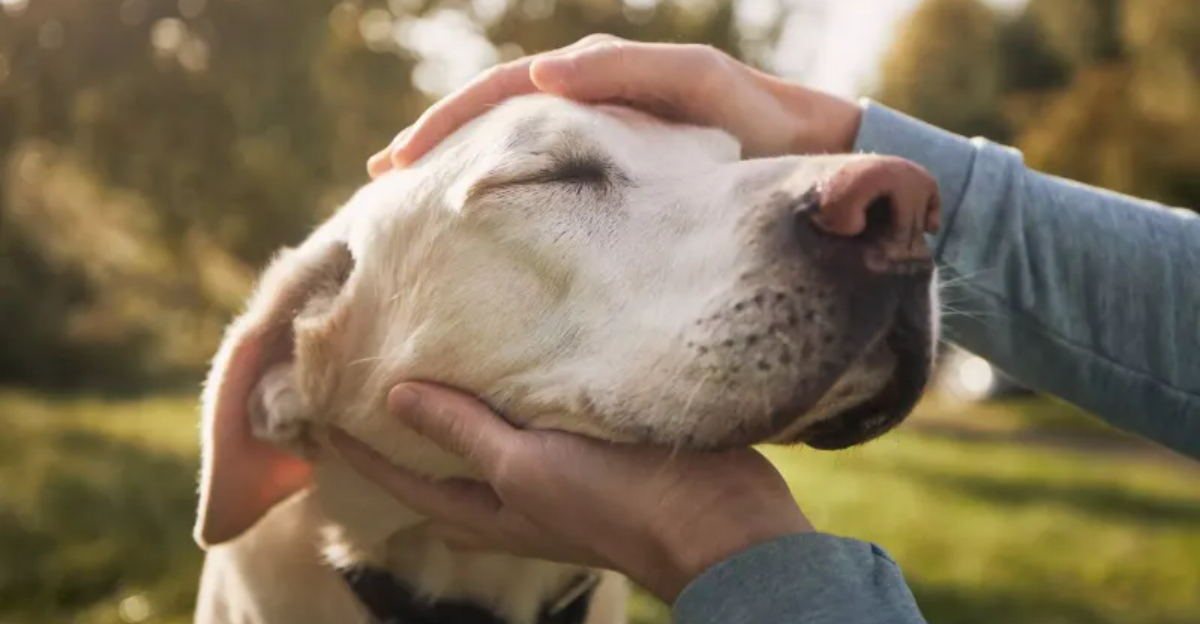
Ever wondered what goes through your furry friend’s mind when you do certain things? Dogs can’t talk, but they sure do communicate through their behavior.
Understanding what makes your canine companion happy or uncomfortable can strengthen your bond and make life better for both of you. Let’s explore the things we humans do that our four-legged friends either despise or absolutely adore.
1. Hugging Too Tightly
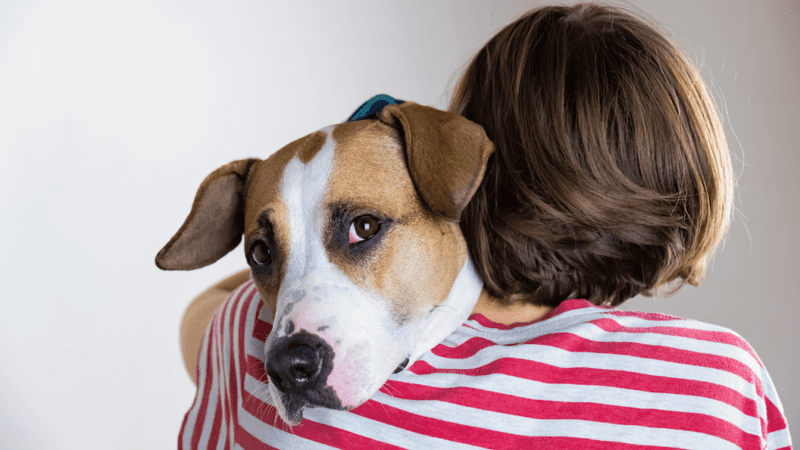
Dogs generally don’t appreciate being squeezed in a tight embrace. While humans view hugs as expressions of affection, many dogs interpret this as a threatening gesture that restricts their movement and freedom.
Your pooch might tolerate hugs from you because they trust you, but watch for signs of discomfort: ears pinned back, tense body, or looking away. This is especially true with children who might not understand a dog’s boundaries.
Instead of hugging, try a gentle pat on the chest or a scratch behind the ears. These gestures show affection without making your furry friend feel trapped or anxious.
2. Staring Directly Into Their Eyes

Making direct, prolonged eye contact with your dog can be interpreted as a challenge or threat in canine language. In the wild, wolves and dogs use direct staring as intimidation tactics, which explains why your pet might become anxious when you lock eyes.
Many dogs will look away, yawn, or even growl if they feel uncomfortable with your stare. This doesn’t mean you should never look at your dog, but rather keep it soft and brief.
For positive interaction, try the slow blink technique – softly gazing then slowly closing your eyes communicates trust rather than dominance.
3. Making Loud, Sudden Noises

Vacuum cleaners, fireworks, thunderstorms – these loud noises can trigger fear and anxiety in our canine companions. Dogs have much more sensitive hearing than humans, making these sounds particularly jarring and frightening.
Your furry friend might respond by hiding, trembling, or even destructive behavior when exposed to startling sounds. Their acute hearing can pick up frequencies we can’t even detect, amplifying their distress.
Creating a safe space during noisy events helps tremendously. A quiet room with familiar toys, gentle background music, and your calming presence can provide comfort when the world gets too loud for sensitive doggy ears.
4. Leaving Them Alone For Long Periods

Dogs are pack animals by nature, and being left alone for extended periods can trigger separation anxiety. Your four-legged friend doesn’t understand why you leave or if you’ll ever return, leading to genuine distress.
Signs of separation anxiety include destructive behavior, excessive barking, house soiling, or pacing. These aren’t acts of revenge – they’re manifestations of your dog’s emotional struggle when you’re gone.
Gradually training your dog to be comfortable alone helps ease this stress. Start with short absences, provide engaging toys, and create a consistent departure routine to help your furry companion feel more secure when you’re not around.
5. Using Harsh Punishment
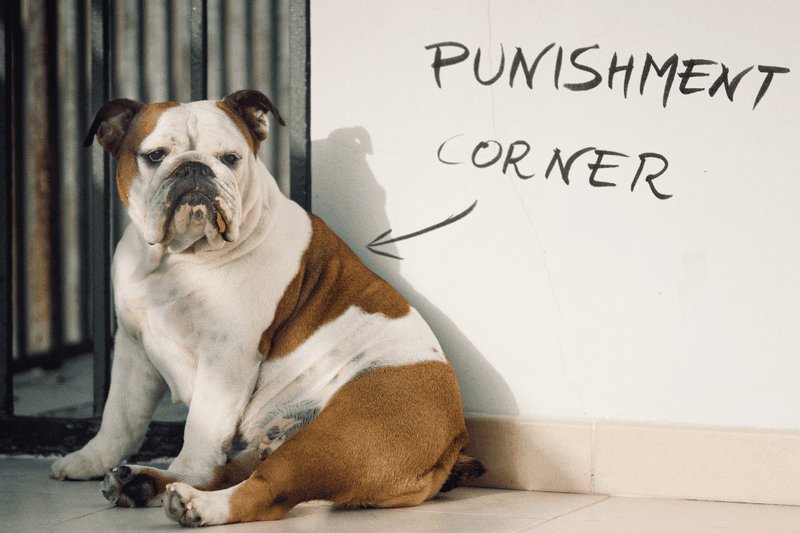
Yelling, hitting, or using shock collars damages the trust between you and your canine companion. Dogs don’t connect punishment with past behaviors – they only associate it with what’s happening in the moment, making harsh discipline ineffective and harmful.
Punishment-based training creates fear rather than understanding. Your dog may stop a behavior temporarily but won’t learn what they should do instead, potentially leading to confusion and anxiety.
Positive reinforcement training – rewarding good behavior with treats, praise, or play – builds a stronger relationship. This approach helps your dog understand expectations while preserving their trust in you as their caregiver and friend.
6. Inconsistent Rules And Routines

Dogs thrive on predictability and clear boundaries. When rules change constantly – allowing them on the couch sometimes but scolding them other times – it creates confusion and anxiety for your furry friend.
Canines look to their humans for guidance and structure. Without consistent expectations, they struggle to understand what behaviors are acceptable, leading to stress and potential behavior problems.
Establishing regular feeding times, walking schedules, and consistent commands helps your dog feel secure. When everyone in the household follows the same rules, your dog can relax knowing exactly what’s expected, making for a happier, more balanced pet.
7. Forcing Unwanted Social Interactions
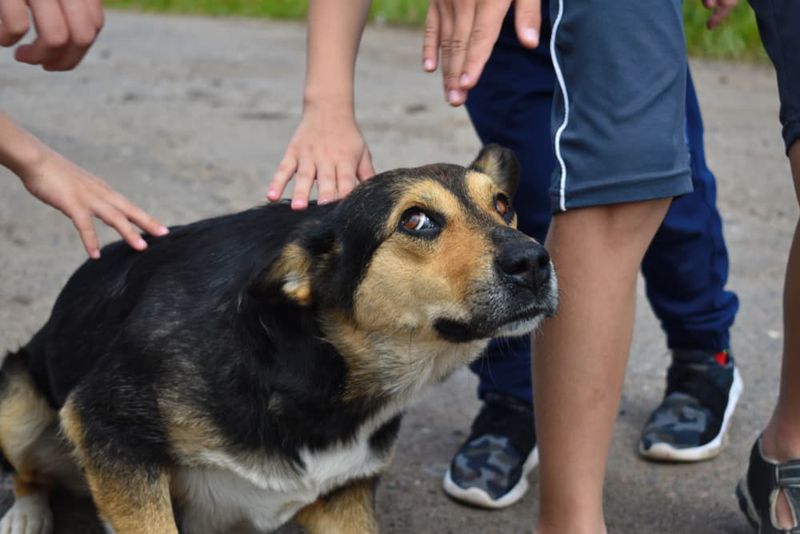
Just like humans, dogs have their own social preferences and comfort zones. Forcing your pup to interact with people or other animals when they’re clearly uncomfortable can create lasting anxiety and fear-based reactions.
Warning signs include tucked tails, lowered heads, whale eye (showing whites of eyes), or trying to hide behind you. Respecting these signals prevents your dog from feeling the need to escalate to growling or snapping to communicate their discomfort.
Allow your dog to approach new situations at their own pace. Creating positive associations through treats and praise during gentle exposure helps build confidence without the trauma of forced interactions.
8. Belly Rubs And Scratches
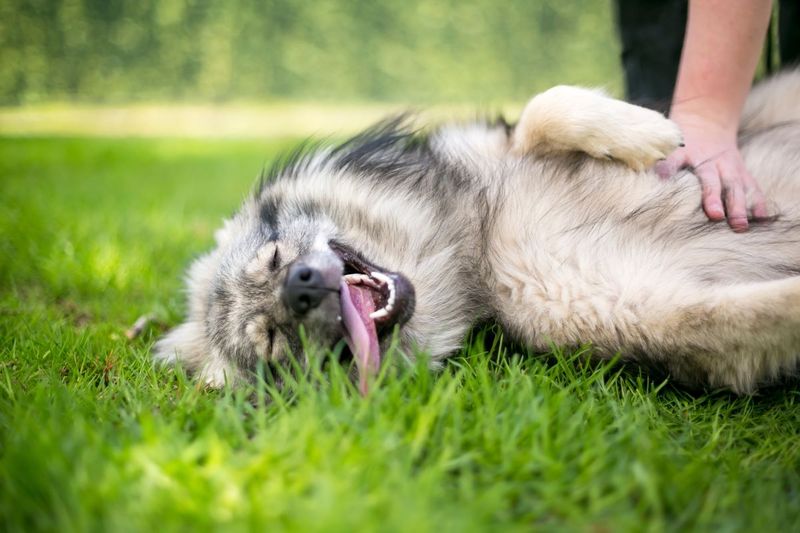
Nothing says trust like a dog rolling over for a belly rub. When your furry friend exposes their vulnerable underside, they’re showing complete faith in you – a significant gesture in the canine world.
The belly area contains nerve endings that, when gently stimulated, release endorphins creating a natural high for your pup. That blissful expression and thumping leg aren’t just cute – they’re signs of genuine pleasure.
Finding your dog’s favorite scratch spots creates a bonding ritual that strengthens your relationship. Whether it’s behind the ears, at the base of the tail, or that sweet spot on their chest, these moments of physical connection communicate love in a language your dog instinctively understands.
9. Going For Walks And Car Rides

The simple jingle of a leash or car keys can transform even the sleepiest dog into an energetic bundle of joy. These adventures satisfy your dog’s natural curiosity and desire to explore their environment through fascinating scents and new territories.
Walking isn’t just exercise – it’s a sensory feast for your canine companion. Their incredible nose processes thousands of scent stories with each sniff, making that neighborhood stroll an information-rich experience equivalent to us reading the daily news.
Car rides represent the ultimate adventure potential. With their head out the window, taking in a rush of exciting smells while safely by your side, your dog experiences a perfect blend of novelty and security.
10. Predictable Mealtime Routines

Food isn’t just sustenance for dogs – it’s a highlight of their day wrapped in the joy of routine. The predictability of regular mealtimes creates security in your dog’s world, giving them something consistent to anticipate.
Watch your pup’s behavior before dinner – the hopeful eyes, the gentle reminders, perhaps even leading you to where their food is stored. These mealtime rituals are deeply satisfying to your canine companion, connecting their natural foraging instincts with your caregiving.
Making mealtimes interactive through puzzle feeders or training sessions adds mental stimulation to the physical satisfaction of eating. This engagement taps into your dog’s natural problem-solving abilities while strengthening your bond.
11. Playing Interactive Games
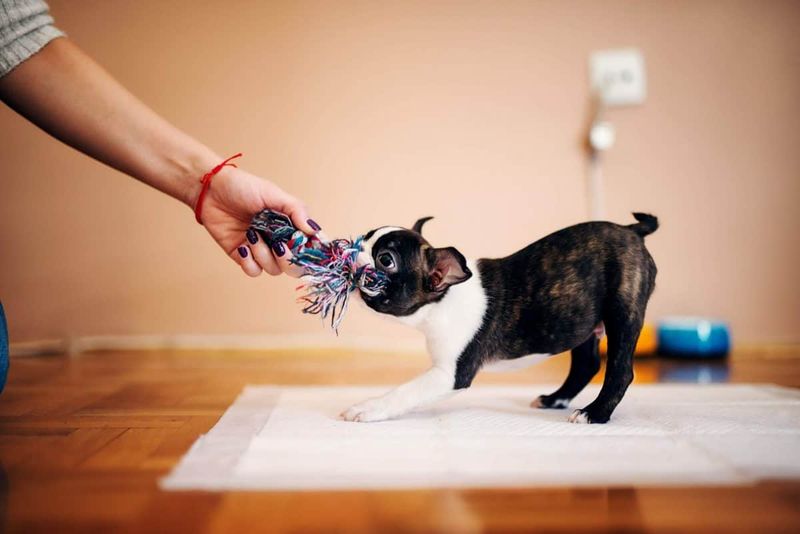
Fetch, tug-of-war, and hide-and-seek aren’t just games – they’re opportunities for your dog to engage their natural instincts in a safe, fun environment. These activities simulate hunting, chasing, and problem-solving behaviors that are deeply satisfying to your canine companion.
During play, your dog’s brain releases dopamine and endorphins – the same chemicals humans experience during enjoyable activities. That’s why your pup seems almost tireless when chasing a ball or playing tug, despite physical exhaustion.
Regular playtime strengthens your bond while providing crucial mental stimulation. Dogs who engage in interactive play show fewer behavior problems and experience less anxiety, making those 15 minutes of fetch beneficial for everyone.
12. Calm, Gentle Praise
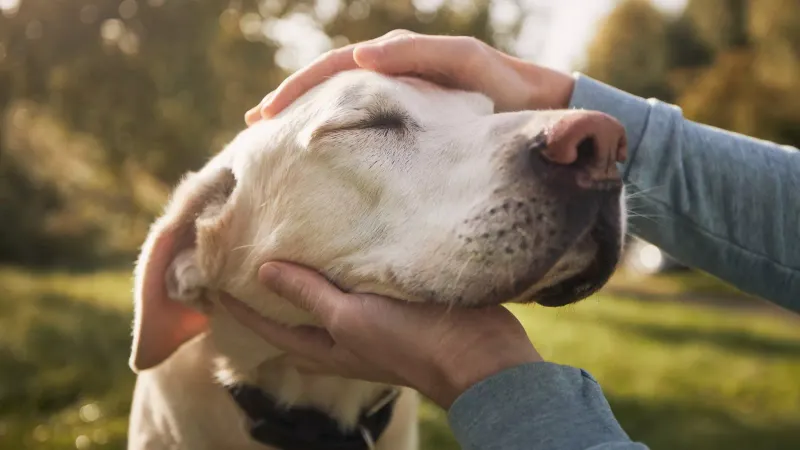
The soft, reassuring tone of your voice when you tell your dog they’re good creates a powerful emotional connection. Dogs are remarkably attuned to human vocal patterns and can distinguish between praise, neutral talk, and scolding with impressive accuracy.
Your pup responds not just to your words but to subtle changes in pitch and rhythm. The higher, gentler tones we naturally use when speaking affectionately to our dogs trigger positive emotional responses similar to how human babies respond to mothers.
Consistent verbal affirmation helps your dog understand when they’ve done something right. This clear communication builds confidence and strengthens the unique language that develops between you and your four-legged friend.






